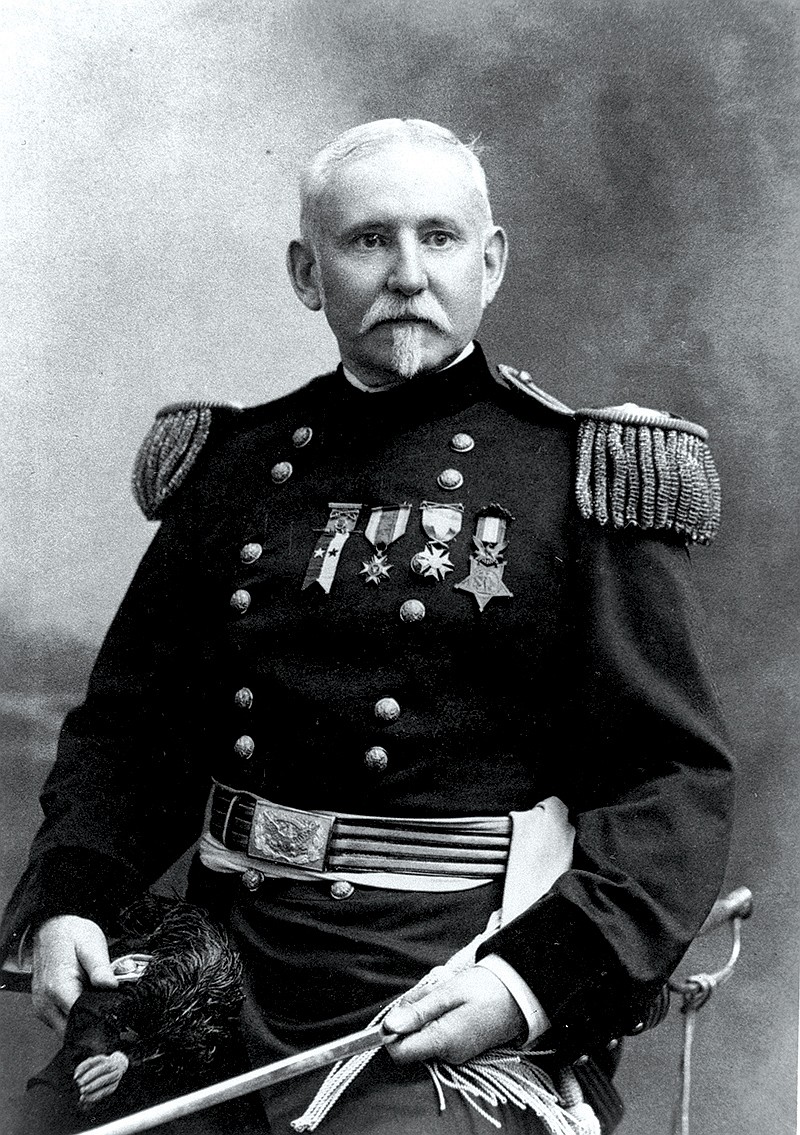After graduating second in his 1862 West Point class, George Gillespie Jr. entered the service in Chattanooga during the Civil War. A Southerner fighting for the Union Army, he commanded two companies of the engineers' battalion in Virginia.
In 1864, while crossing enemy lines to relay a message to Union Gen. Philip Sheridan, Gillespie was captured. He escaped and chose to continue his mission. He was captured again, this time escaping under enemy fire, according to his citation.
Gillespie was later named Sheridan's chief engineer in the Army of the Shenandoah and the Military Division of the Gulf.
Following the war, Gillespie supervised major Army projects that included work at harbors and ports in Chicago, Boston and New York City, and built the stunning Tillamook Rock Lighthouse off the Oregon coast in 1880.
Did you know?
The Army, Navy and Air Force each has its own version of the medal. A Kingston, Tennessee, native who entered service in Chattanooga designed the Army’s. To this day, it’s referred to as the Gillespie Medal.
During the Spanish-American War, he was promoted to brigadier general of volunteers in 1898 and commanded the Army's Department of the East.
In 1901, Gillespie became the Army's chief of engineers and was the acting U.S. secretary of war under President William McKinley. As part of his duties, Gillespie coordinated the president's funeral when he was assassinated that same year.
Gillespie continued to move up. As assistant chief of staff of the Army, in 1904, he redesigned the Medal of Honor, replacing the scene "Minerva Repelling Discord" with a portrait of the goddess in a war helm, which it still bears today.
Sources: Medal of Honor Convention, Battlefields.org
